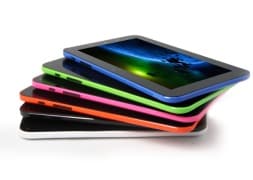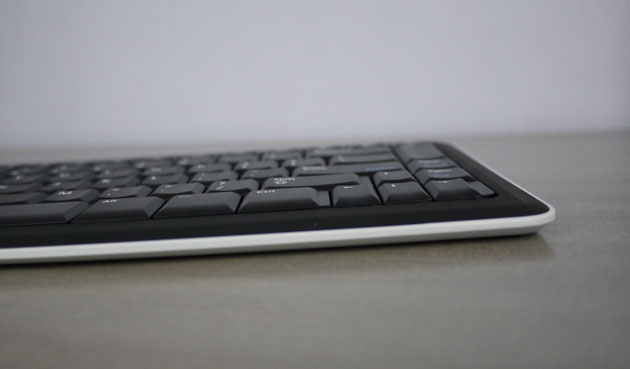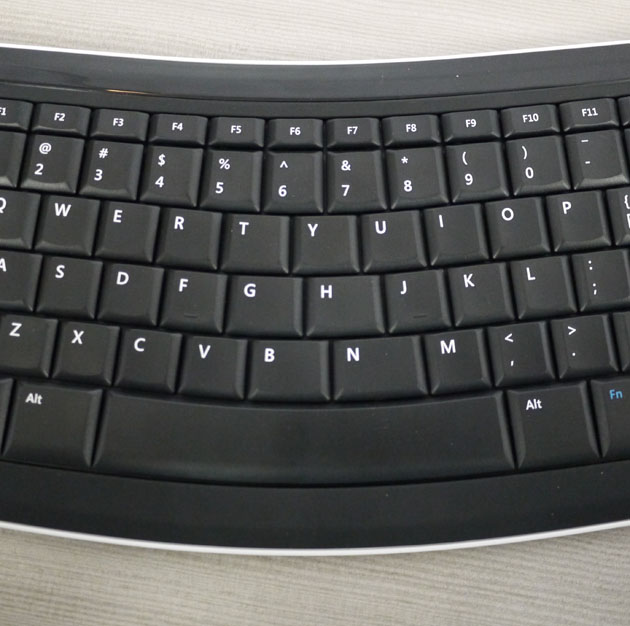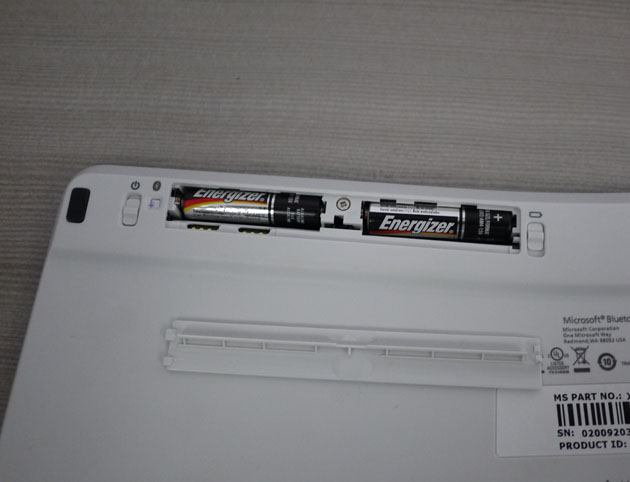Nokia did its bit in building the excitement - from teaser images, to sample videos clicked with the 808, and the multi-legged roadshow that previewed the phone all over. The phone generated plenty of buzz, with PureView technology drawing lots of early praise.
With everything in place, Nokia fans and impartial observers alike were looking forward to the release of the phone, hoping against hope that the Nokia 808 would signal awakening of the sleeping Finnish giant.
Does the Nokia 808 force you to wake up and take notice, or would you be tempted to hit the snooze button? Let's find out.
Hardware/ Design
There's nothing spectacular about the front of the Nokia 808. The display takes the bulk of the space on the front, with the earpiece grill and the front-camera just above the Nokia branding on the top.
Just below the screen are three buttons, with no physical separation, such that they appear as one long button instead. The left-most button is (Green) Call/ Answer, the middle-button is Menu, while the right-most is the (Red) Power/ End Call button.
The back of the Nokia 808 PureView has the 41-megapixel sensor with Carl Zeiss optics, a Xenon flash and the loudspeaker, in a casing that rises well above the back.

The left side of the Nokia 808 is completely bare, while the right side features the volume rocker, the slider that can be used to lock/ unlock the phone and the dedicated camera key. The curved corners lead to the mini-HDMI, Micro-USB, mic and 3.5mm jack on the top, and the second microphone plus a lanyard/ wrist strap hole at the bottom.
The curves on the 808 are much needed, as they make the task of holding what is a rather bulky phone, a little bit easier. But the curves can only do so much, and the Nokia 808 feels like a relic from another era. Throw in an external antenna, and the 808 will be right at home in the 1990s.
The weight of the phone does nothing to change that impression. The phone looks and feels heavy, and wherever we went, the weight (169 grams) was almost always the first thing people talked about.
The phone measures 17.95mm thick at the camera - that's the closest a phone has coming to touch the 2-centimetre mark in recent times. We're not sure that's the crown Nokia should be gunning for. That's the price you pay for carrying 41 megapixels in your pocket. But even at its thinnest, the Nokia 808 is 13.95mm.

Contrast this with the Samsung Galaxy S III, which is just 8.6mm at its slimmest. The HTC One X and the iPhone 4S, at 8.9mm and 9.3mm are not too far away either.
The build quality is solid, with high-quality, matte-finish plastic used throughout.
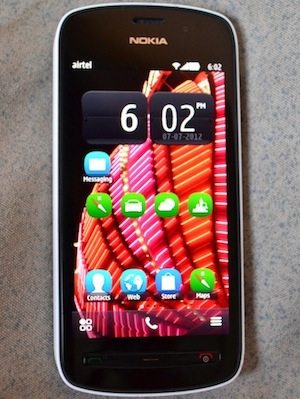
The Nokia 808 PureView is powered by a 1.3GHz, single-core ARM11 processor. It comes with 512MB RAM and 16GB internal storage. Is that enough in today's world of multi-core processors? Read the performance section.
The removable battery (1400 mAh Nokia BV-4D) hides the microSD and Micro-SIM slots.
Display
The Nokia 808 features a 4-inch display with 640x360 resolution. For a phone that aims to compete at the premium end of the segment, that simply isn't good enough.
While the display size is adequate, it is crying out for more pixels - wish we could borrow some from the camera and give them to the display! If you set the disappointing resolution aside, the display is more than adequate.
The colour reproduction is accurate and the screen is bright, even outdoors.
Camera
Unless you've been living under a rock, you know that the main attraction of the Nokia 808 is the 41-megapixel camera combined with the PureView technology, that Nokia claims offers stunning results. So does it deliver? In short, yes!
The Nokia 808 PureView camera operates in two different modes. The first one is the full-resolution mode, where you can click 38-megapixel (4:3) or 34-megapixel (16:9) photographs. Don't go looking for a 41-megapixel mode, because it does not exist.
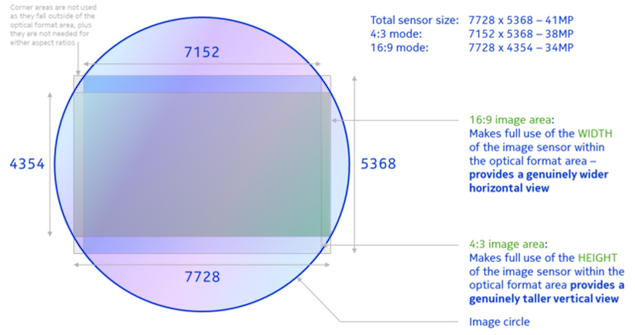 This WikiPedia image explains why the 41-megpaixel sensor is limited to 38 and 34-megapixel shooting modes.
This WikiPedia image explains why the 41-megpaixel sensor is limited to 38 and 34-megapixel shooting modes.
The Nokia 808 can also click photographs in 2-megapixel (16:9), 3-megapixel (4:3), 5-megapixel and 8-megapixel effective resolutions. This is where the PureView technology earns its money.
The PureView technique involves taking a full image and oversampling it to the effective resolution you've selected. In 16:9 mode, the full image corresponds to 7728x4354 pixels, while 4:3 aspect ration means a 7152x5368 resolution.
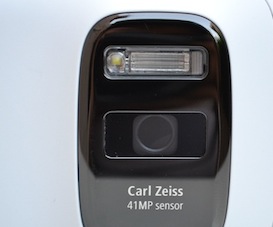
Oversampling an image means combining adjacent pixels into one. The more pixels you combine, the more accurately the resultant pixel represents real-world information. With PureView, Nokia seems to have perfected this technology. The resultant images are crisp, with more details and lesser noise.
The optical zoom on Nokia 808 PureView works better than other mobiles or even point-and-shoots. The large sensor means the 808 implements optical zoom by simply cropping the relevant bit, which means there is no upscaling involved, which, in turn, results in better pictures.
Clicking photographs in full-resolution mode is unlike anything you may be used to. There's no zoom at all. If you want to click a distant object, point the camera in the general direction and click away. The 41-megapixel sensor means details or objects not visible to the naked eye will show up in the photograph just fine. Use crop to achieve the same result you would've got with a zoom lens.
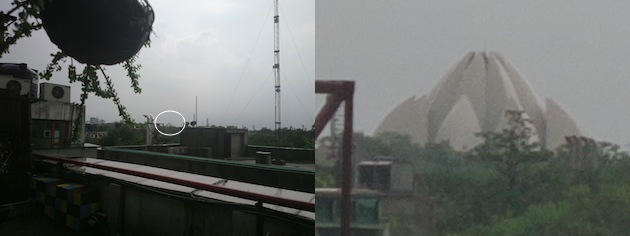 Where's the Lotus Temple? A zoom and crop later, there it is.
Where's the Lotus Temple? A zoom and crop later, there it is.
But the results aren't always what you may expect. While the camera supports tap to focus, focusing on objects in the distance - ones that you can't even see on the screen - doesn't always work. A large sensor cannot be a replacement of a zoom lens with manual focus, and the results are proof. But that's just nit picking - no one's looking at the 808 to be a DSLR replacement. Not yet, anyways!
 Clicked at full-resolution, the image on the right is an Actual Size zoomed and cropped version of the one of the left.
Clicked at full-resolution, the image on the right is an Actual Size zoomed and cropped version of the one of the left.
The software is excellent, offering enough pre and post processing adjustments/ options to keep you satisfied.
The camera supports full-HD video recording as well as 720p at up to 30fps. The videos, much like the images, are sharp with excellent audio-quality thanks purportedly to Nokia's Rich Recording technology. Nokia claims distortion-free audio at up to 145dB, but we weren't even tempted to put that claim to test.
Overall, the Nokia 808 beats the pants out of any other camera phone and could easily replace your entry-level point-and-shoot cameras as well, for both still as well as video imaging.
Software/ UI
The 808 runs on Nokia Belle (Symbian OS 10.1) One thing you can say about the Symbian's overall look and feel is that other than adding a few new icons and a dash of colour, it hasn't changed much over the years.

While Belle brings new features like a notification bar and free-resizable home widgets, Symbian is not an Operating System designed for touch-devices, and incremental upgrades are not going to change that. We almost forgot - with Nokia Belle, you get six home-screens instead of three. Big whoop.
The browsing experience is average, but inferior to other phones in the similar price-bracket. In terms of apps, the Nokia 808 comes bundled with almost everything you would need - from Twitter to Facebook (both are really just wrappers to Nokia's own Social app), YouTube to Adobe Reader, Shazam to Quickoffice and Mobile Office. Also bundled is a free version of JoikuSpot, which provides mobile hotspot functionality.
You may think all bases are covered, but while the apps are present in name, the functionality available is pretty basic compared to iOS/ Android counterparts. The Twitter app, for example, lacks conversation view, ability to view images inline, and a built-in browser.
Installing new apps isn't a great experience either. Some apps download in the background, but get stuck in a modal "preparing installation" for a few seconds, during which you can't do any other activity!
Our version of 808 PureView let us download 3 paid apps for free, courtesy Nokia. These apps were Angry Birds, Camera Lover Pack and National Geographic Photo Tips.
The highlight of the Nokia 808, camera aside, is the Drive app. Once you move past the question "Why are Maps and Drive two different apps?", this application promises nothing but bundles of joy.

The built-in Drive app offers turn-by-turn navigation in what is perhaps the most complete, easy to use package across all platforms. It offers all the features you expect, in an intuitive interface, with some nice touches thrown in for free.
The counter that displays (in real-time) the amount of data the app has used will help keep those 3G bills in check. Route Overview is pretty convenient, and the intelligent swipe, which scrolls in the general direction where you are headed, is the most practical implementation we've seen.
You can also download maps onto the Nokia 808 and use them without an Internet connection. The Maps are pretty detailed (at least for Delhi), and include important landmarks, commercial establishments etc.
Another interesting app is the one we encountered right at the start. Upon first boot, the Phone switch app offered to import contacts, messages and other data from another Nokia. We were skeptical at first, but the within seconds, the 808 was using Bluetooth to download data from our trusted old Nokia E61.
Contacts, Photos, Notes, Bookmarks, SMS messages (all 626 of them) and, amazingly, 303 recent calls went from the old phone to the new, just like that. This ensured the most painless experience we've ever had while switching phones.
The Phone switch app works with select Nokia phones only.
Performance/ Battery Life
The Nokia 808, unfortunately, is no mean machine. It stutters; gasping for breath often, like an old man climbing stairs he once galloped two at a time. The new shirt hides a body in tatters. Physically, he's worn down by the passage of time, mentally, by his own refusal to move on.
If you'd we rather spell it in black and white, the performance of the Nokia 808 ranges from satisfactory at best, to poor, when compared to the likes of HTC One X and the Samsung Galaxy S III. The apps take some time to open, the processor can barely keep up with the CPU intensive PureView technology, and lags aren't that uncommon.
The touch response is average, unlikely to win awards for performance, but not the kind you would struggle with either. As noted earlier, the browsing experience is just about satisfactory. Another frustrating aspect of the Nokia 808 is its refusal to join known Wi-Fi networks automatically. We had to manually select the Wi-Fi network every time we switched locations.
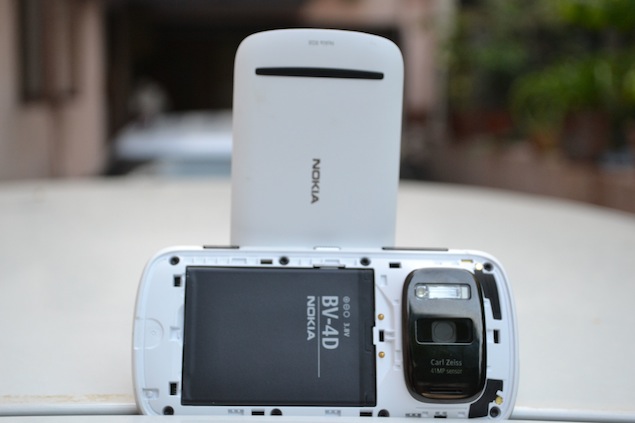
The in-built keyboard is frustrating and even after two weeks of using the phone as our primary device, we couldn't type with any kind of speed. Swype, an alternative keyboard, is available in the Nokia Store as a free download, but, if anything, it performs worse than the built-in keyboard. Swype for Symbian seems to be a poor cousin of its Android counterpart.
The call reception and call quality are excellent, like most Nokia phones. Battery life is another area where the Nokia 808 does well. Even though the battery is rated at a modest1400 mAh, you shouldn't have any trouble getting through an entire day on a single charge. Not least because you are unlikely to find any apps that keep you engaged enough!
Verdict
Let's come out and state what everyone's thinking. What if the Nokia 808 was powered by a dual-core processor, had a gig of RAM, and ran Windows Phone 8?
Sadly, a review is not the place to be playing the what-if game. One needs to restrict to what's presented, and the harsh reality, the one that wouldn't please Nokia or its (rapidly thinning) legion of fans one bit, is that this phone is no contender for the smartphone crown.
If you're looking for a camera that can make calls, buy the Nokia 808, because those are the two things it does very well. However, if you're looking for a good email/ browsing/ social/ gaming experience, move on, because Symbian isn't the answer.
Looking beyond the 808, Nokia has promised that the PureView technology will find its way on to other devices, and we look forward to phones that pack in better hardware and OS to back the great camera.
Price: Rs.
33,899
Pros
Camera
Battery Life
Cons
Symbian
Underpowered
Display resolution
Ratings (out of 5)
Design: 3.5
Display: 3
Camera: 5
Performance: 2.5
Software: 2.5
Battery Life: 4
Value for Money: 2.5
Overall: 3












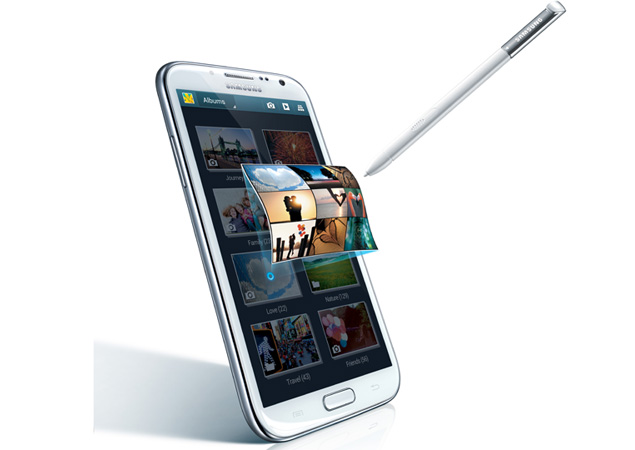


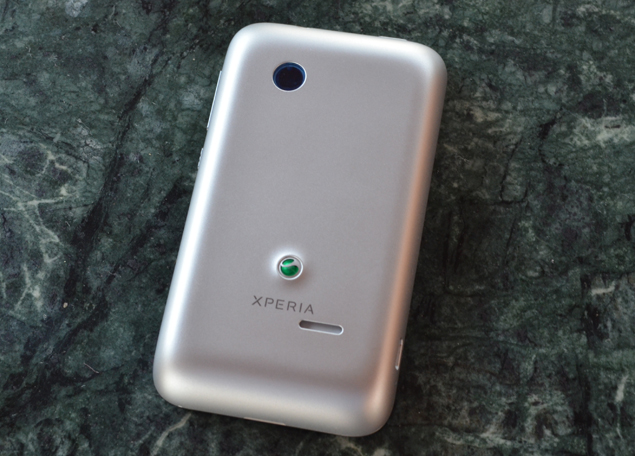




 The Nokia 808 PureView is powered by a 1.3GHz, single-core ARM11 processor. It comes with 512MB RAM and 16GB internal storage. Is that enough in today's world of multi-core processors? Read the performance section.
The Nokia 808 PureView is powered by a 1.3GHz, single-core ARM11 processor. It comes with 512MB RAM and 16GB internal storage. Is that enough in today's world of multi-core processors? Read the performance section. This WikiPedia image explains why the 41-megpaixel sensor is limited to 38 and 34-megapixel shooting modes.
This WikiPedia image explains why the 41-megpaixel sensor is limited to 38 and 34-megapixel shooting modes. Oversampling an image means combining adjacent pixels into one. The more pixels you combine, the more accurately the resultant pixel represents real-world information. With PureView, Nokia seems to have perfected this technology. The resultant images are crisp, with more details and lesser noise.
Oversampling an image means combining adjacent pixels into one. The more pixels you combine, the more accurately the resultant pixel represents real-world information. With PureView, Nokia seems to have perfected this technology. The resultant images are crisp, with more details and lesser noise. Where's the Lotus Temple? A zoom and crop later, there it is.
Where's the Lotus Temple? A zoom and crop later, there it is. Clicked at full-resolution, the image on the right is an Actual Size zoomed and cropped version of the one of the left.
Clicked at full-resolution, the image on the right is an Actual Size zoomed and cropped version of the one of the left. While Belle brings new features like a notification bar and free-resizable home widgets, Symbian is not an Operating System designed for touch-devices, and incremental upgrades are not going to change that. We almost forgot - with Nokia Belle, you get six home-screens instead of three. Big whoop.
While Belle brings new features like a notification bar and free-resizable home widgets, Symbian is not an Operating System designed for touch-devices, and incremental upgrades are not going to change that. We almost forgot - with Nokia Belle, you get six home-screens instead of three. Big whoop. The built-in Drive app offers turn-by-turn navigation in what is perhaps the most complete, easy to use package across all platforms. It offers all the features you expect, in an intuitive interface, with some nice touches thrown in for free.
The built-in Drive app offers turn-by-turn navigation in what is perhaps the most complete, easy to use package across all platforms. It offers all the features you expect, in an intuitive interface, with some nice touches thrown in for free.

